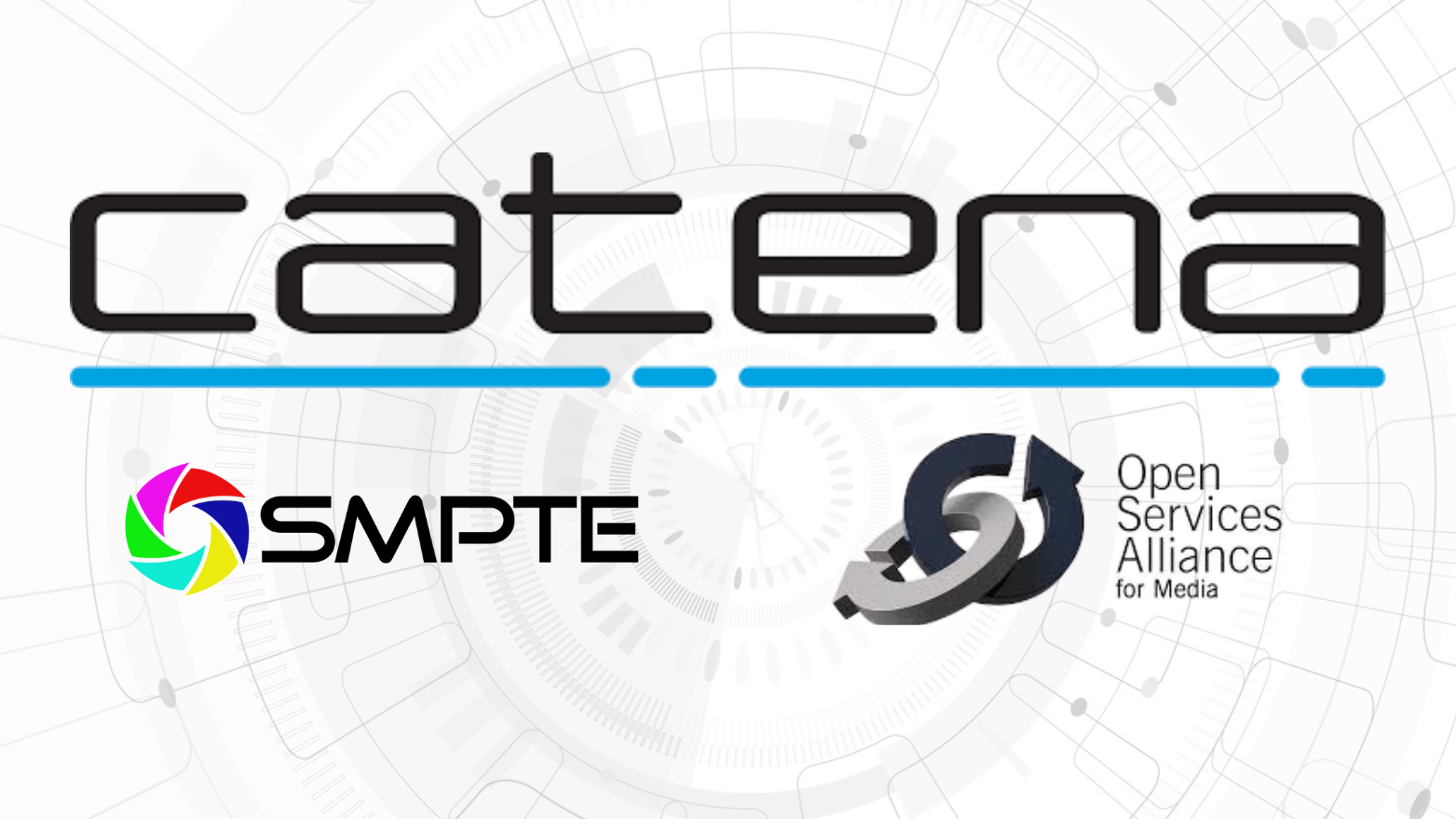SMPTE Launches Official Standardization of the Control Plane
The introduction of the initial Catena documents deliver single secure protocol for control of media devices and services.

SMPTE introduced the initial documents defining the Catena control plane standard at its quarterly SMPTE Technology Committee meetings, held June 1-3 in Tokyo. The product of extensive work by SMPTE’s Rapid Industry Solutions Open Services Alliance group (RIS-OSA), the initial Catena documents (known as the ST 2138 suite) were introduced to the SMPTE Standards Community (and its 34CS Technology Committee that focuses on Media Systems Control and Services) to begin the official standardization process.
“Catena represents one of the most ambitious and essential standardization efforts SMPTE has undertaken in recent years,” said Chris Lennon, director of standards strategy for Ross Video and a SMPTE Fellow. “With media workflows now spanning on-prem, cloud, and hybrid environments, the need for a unified, secure, and vendor-agnostic control plane is more urgent than ever. By introducing the initial Catena documents into the SMPTE Standards Community, we’re inviting the broader industry to help shape a solution that works for everyone, regardless of where their services reside or what platform they use.”
Hundreds of proprietary protocols are used today to control media devices, creating a control plane challenge across the media industry. In defining and standardizing Catena, SMPTE aims to provide the first and only standardized open-source solution to this challenge. Catena, a vendor and platform-agnostic solution, offers a single secure protocol that is equally suited to controlling very small devices and microservices as it is to controlling the most complex physical devices and services in use by the media industry.
“One of the fundamental challenges facing our industry is managing devices and services across a fragmented infrastructure, and proprietary control protocols are simply not up to the task,” said Thomas Bause Mason, SMPTE director of standards development. “Catena offers a new model based on open standards, community-driven development, and a pragmatic path to implementation. Designed to address every device, service, and system in any environment, it offers the adaptable, future-proof approach we need.”
The initial suite of Catena documents introduced this week consists of ST 2138-00: Catena Overview; ST 2138-10: Catena Model; ST 2138-11: gRPC Connection Type; ST 2138-12: REST Connection Type; and ST 2138-50: Catena Security.
These documents are transitioning into SMPTE’s 34CS TC to begin the official standardization process. SMPTE has also stood up its Catena repository on GitHub, which includes interface files, schema, and other supporting resources. SMPTE’s plan is to advance these initial Catena documents to Public Committee Draft (PCD) status as soon as practical, then pause development to give implementers time to integrate Catena into their products and provide feedback. Following this implementation and review period, the documents will quickly move forward through the final standardization and approval stages.
A daily selection of features, industry news, and analysis for AV/IT professionals. Sign up below.
The AVNetwork staff are storytellers focused on the professional audiovisual and technology industry. Their mission is to keep readers up-to-date on the latest AV/IT industry and product news, emerging trends, and inspiring installations.
